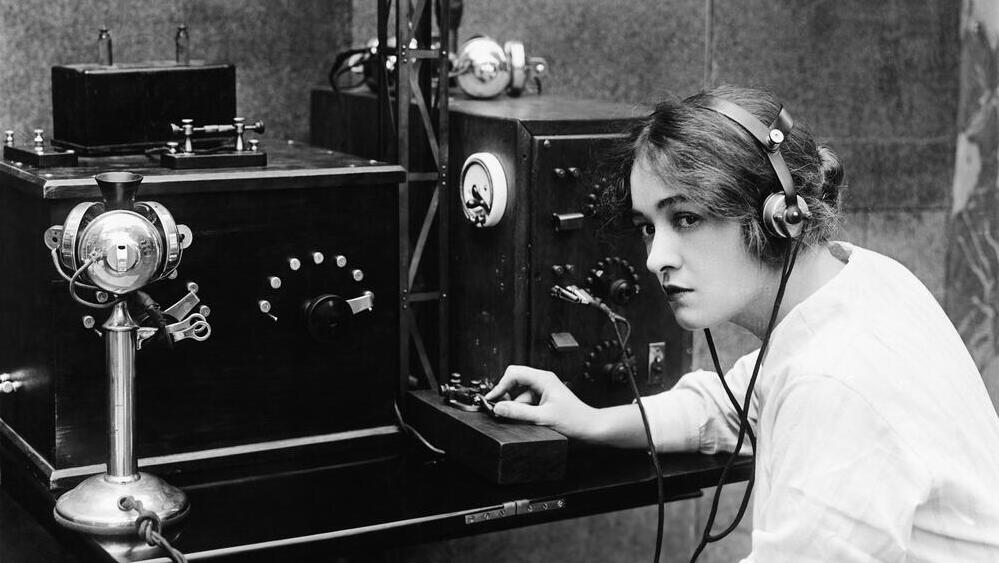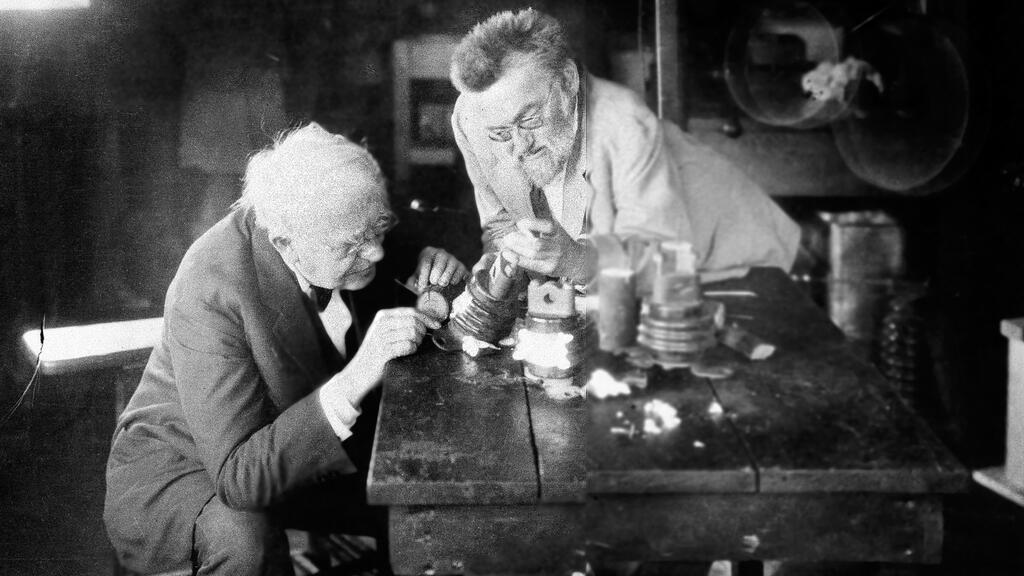Getting your Trinity Audio player ready...
Thomas Alva Edison was born in February 1847 in Ohio. He was the seventh and youngest son of a retired teacher and a father who tried his hand at a range of occupations, from running a convenience store to real estate.
When he was seven years old, the family moved to Michigan, where he began attending elementary school, and also finished it only three months later. His teacher decided that the boy was not suited to studies because he asked too many questions.
At this point his mother took responsibility for his studies and began teaching young Thomas at home. The boy did not need much encouragement and read every book he could find. He quickly became very interested in chemistry and enjoyed conducting various different experiments.
At age 12 he started working as a candy and newspapers seller on the train, and soon began to display the first signs of entrepreneurship: he began selling vegetables as well, and shortly afterwards he even printed and sold his own newspaper.
He later set up a newspaper stall at the train station, where an event took place that changed his life. A three-year-old boy fell on the tracks and Edison managed to rescue him before the train ran over him.
The boy was the son of the telegraph operator at the station, and the grateful father taught the resourceful boy the secrets of the trade. Not long after that, Edison himself built a telegraph device, practiced transmitting and receiving messages in Morse code, and at age 16 was sent to Canada as an assistant operator at a telegraph station.
His job was to broadcast a signal each hour, but he had no trouble building a device that could do this for him.
After a few months Edison returned to the United States and traveled from city to city as part of his job as an expert telegraph operator.
Throughout this period he kept himself busy with various experiments and inventions. In 1869 he finally resigned from his job and decided to dedicate all his time to his inventions. That same year he filed his first patent for an invention - an electric tape recorder.
A few months later, together with two friends, he founded a company for electrical appliances. As part of his work there he upgraded and sold printing machines, but mainly worked on developing telegraph patents, such as a device that enables two separate messages to be sent in two different directions at exactly the same time.
In 1876 he set up a new laboratory of his own at Menlo Park, in New Jersey. One of his first developments was the carbon microphone, which significantly improved the telephone invented by Alexander Graham Bell a few years before that.
His many experiments on the transmission of sound also led him to develop the phonograph - an early version of the record player. He also demonstrated the possibility of recording using this device, founded a company to market it, and went on to work on the development of an electrical lighting system.
In 1878, Edison founded a new electric lighting company and dedicated all his time to developing an efficient incandescent light bulb. In such a light bulb, light is produced when an electric current passes along a thin metal coil, placed in a vacuum.
After a series of experiments with different metals, mostly platinum, Edison decided to try carbon instead of metal fibers and managed to produce a light bulb that lasted 40 hours.
A short while later he discovered that fibers from the bamboo plant, which contain a particularly large amount of carbon, are even more efficient and can be used to produce a light bulb that lasts 1,200 hours or more.
On New Year’s Eve of 1880, Edison held a public demonstration of the new electric light bulb, and promised that “After the electric light goes into general use none but the extravagant will burn tallow candles”
Edison is remembered as the inventor of the light bulb, even though he was not the one to invent the principle, but rather enhanced and improved it, and registered a patent for his light bulbs. His display of electric lighting earned him the nickname “the Wizard of Menlo Park”.
In the following years he invested most of his energy into commercial production of light bulbs and especially into development of electrical infrastructure suitable for broad scale electric lighting.
Edison’s efforts to develop a large-scale electrical grid stirred up a stormy, impulsive struggle between Edison and his partners, who were in favor of using direct current, and those who supported the use of alternating current, led by Nikola Tesla and George Westinghouse.
Edison warned of the dangers of electrocution associated with the use of alternating current, and to demonstrate this he even built an electric chair and electrocuted animals with it. However, for conducting electricity over long distances, alternating current is far more efficient than direct current.
Eventually, Edison was defeated by his adversaries in this field and withdrew from developing electrical grids. He went back to working on improving the phonograph, gradually converting it from a recording device designed for office use to a home entertainment device.
In the late 1880s Edison took upon himself to develop a moving picture camera. Most of the work was done by his partner, William Dickson, who together with him managed to build a cinematograph—a device that takes many photos in quick succession on celluloid film, and a cinematoscope for projecting the moving picture through a peephole.
Halls for screening short films soon opened in New York and other cities, but Edison didn’t want to develop a large projector because he reasoned that he would reap greater profits from the peephole method.
His attempts to develop a projection device that also incorporated a phonograph to allow screening of films with sound were unsuccessful, and he eventually abandoned this field.
In addition to his many occupations with electrical appliances Edison also tried his hand at developing mining and quarrying devices, was involved in a search for rubber substitutes, in the development of methods for the production of concrete and in attempts to develop military technologies during World War I, including a system for detecting submarines.
Not all of his efforts were successful, but even so he registered no less than 1,093 different patents for his inventions and developments. At the same time, he had poor working relationships with many of his employees and partners, some of whom even accused him of taking the credit for their work.
Edison suffered from poor health throughout his life - among other things he became almost completely deaf during childhood, and years later he claimed that his deafness helped him to concentrate on reading and working.
In his last years he suffered from diabetes and other illnesses, and passed away on October 18, 1931, at the age of 84. He is remembered for his many inventions, but also for his recognition of the commercial importance of science and technology, and his pioneering combination of scientific and technological innovation with business entrepreneurship.






